Original Equipment Skis Set the Standard

Understanding how your sled’s skis work.
Most snowmobilers don’t give their sled skis a second thought. But you’d be amazed at just how much effort goes into designing original equipment skis. Consider just the different features of skis on the market today and what makes the different OEM skis unique and how the sled maker wants them to work.
When snowmobile manufacturing first started, the factories used wooden skis; soon to follow were the skis formed of steel. While the “standard” for many years, these early metal skis did not offer the handling and performance of today’s plastic skis. The introduction of plastic has changed the course of ski technology and this is a good thing.
Plastic skis slide through the snow better. They are lighter. They flex. The modern plastic ski actually adds a dimension to your suspension. Today there are several ski choices on the market and sometimes it gets confusing as too what works best. Let’s break down the different skis and hopefully shine some light on just how they work.
The sculpted under side of this ski also has two small outboard keels for additional bite in the snow. On the topside, the redesigned ribs of the ski increase torsional stiffness for more precise steering. Overall the PRO-STEER ski has a good balance to any late model Polaris snowmobile and does fit the needs of most customers.
Yamaha’s New Tuner Ski
In the past, Yamaha has taken a lot of criticism from the media about its stock skis. But Yamaha does have something new to offer. The Tuner Dual-Keel Dual-Runner Ski is the latest ski from Yamaha and is certainly a step in the right direction. Plus, these skis will retrofit many earlier Yamaha snowmobiles. This new ski features dual keels that are slightly angled to help with snow evacuation. This ski has twin keels that accept relatively short host wear bars; the shorter bars do offer a lighter steering effort.
The Tuner ski is lighter than other previous Yamaha skis and it effectively prevents darting. What make this ski different are its tuning capabilities. Virtually any rider should be able to get the control and steering performance they desire through “trial and error” by simply adding different carbide configurations, to come up with the best combination for their personal preference.
Ski-Doo’s Pilot ski
The 5.7 Pilot skis gets its name from its width, this means that it is 5.7 inches wide. These skis will accept one wear bar in the center and another outboard. We have tested these skis for many years and they have been a favorite ski for us. The Pilot skis have a proven record and work well on all Ski-Doo models, even the 2014 models.
The Pilot ski design is sculpted on the top and bottom to aid in flow, the short wear bars make for an easy steering effort on any machine. We believe that running the same double wear bar configuration from 2005 still works best on all Ski-Doo models even today. And running a wear bar on the outboard keel prevents the plastic from washing away, extending the life of the skis. Warning, you need to be aware that there is a right and a left with Pilot skis. Most skis do not have a right and left, but this is critical for the Pilot ski and you really need to pay attention and make sure to get the right ski on the right side or the handling will be dangerously scary.
Arctic Cat’s Plastic Skis
Arctic Cat’s plastic skis are six inches wide and deliver excellent flotation in loose snow. The Cat ski has more of a traditional design when compared to the other OEMs; it has a deeper keel that provides more positive cornering in all conditions. You’ll note that this deeper and longer keel bridges the bumps in the corners, but it also comes with more steering effort when compared to other skis.
These stiffer skis do offer good handling and work great on hard-pack and soft snow trail conditions. The Arctic Cat ski loops are larger and are raised higher than other makes, which is real handy when you get stuck because the loops are easier to get to and make for a better pull. But, of course, as we all know, no one ever gets stuck!
OEM Ski Summary
Every season we find that each sled manufacturer continues to a make a better product and that includes their skis. Ski-Doo has done an excellent job with its Pilot skis, which are the most veteran in this OEM lineup. The Pilot ski has been the best overall OEM ski on the market for some time, but the gap is narrowing.
The Polaris PRO-STEER ski has a lot going on with different features that all really work. These skis do complement any Polaris snowmobile.
The overdue Yamaha Tuner ski offers the rider several carbide options to dial in the ride, which will satisfy most Yamaha customers. The Tuner ski is the answer to Yamaha sleds that do push in the corners.
Lastly, the Arctic Cat ski has a traditional design that works great on its new chassis. We salute the OEMs and their ski development and we also welcome them to continue their research and development.
The OEMs have done a superior job here, but if you are looking for more aggressive corning or better flotation, then you can look at aftermarket ski options.



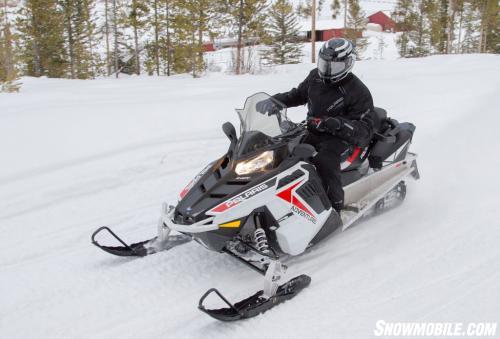
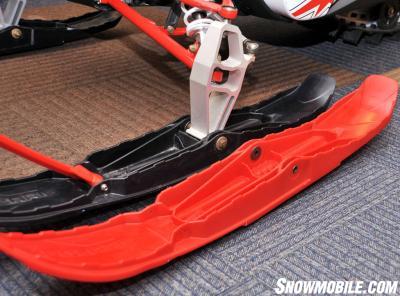
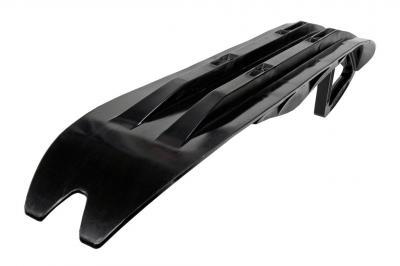
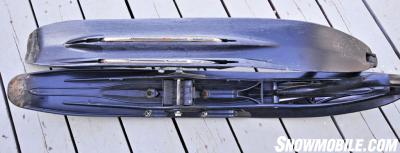
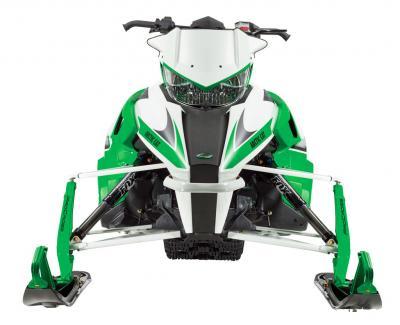
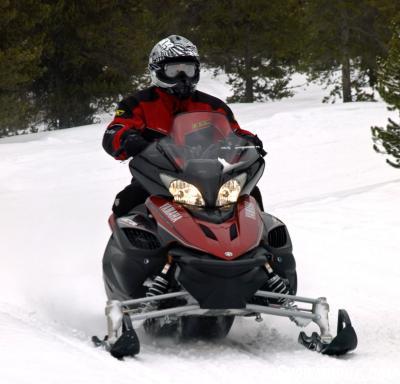





 Your Privacy Choices
Your Privacy Choices